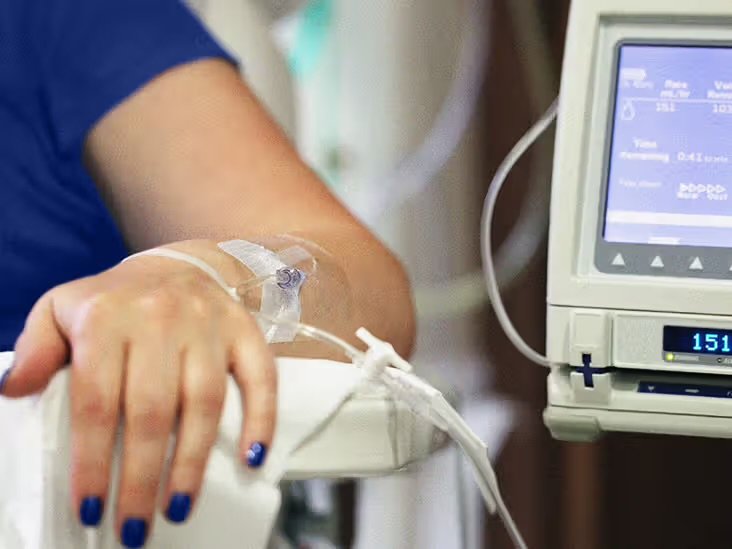Introduction
Chemotherapy is a cornerstone in cancer treatment, but delivering these powerful drugs requires precision, safety, and efficiency. One critical tool that ensures this is the infusion pump—a medical device designed to control the rate and dose of chemotherapy drugs administered to patients.
Infusion pumps have revolutionized chemotherapy by improving drug delivery accuracy, reducing side effects, and enhancing patient comfort. But how do they work? What are their advantages? And are there any risks involved? Let’s explore.
What is an Infusion Pump?
An infusion pump is a computer-controlled device that delivers precise amounts of fluids, including chemotherapy drugs, into a patient’s bloodstream over a set period. It ensures a steady and controlled flow, preventing overdosing or underdosing, which can be life-threatening in chemotherapy.
These pumps can be used for:
✅ Continuous infusions – Slow drug delivery over several hours or days.
✅ Intermittent infusions – Delivery at specific time intervals.
✅ Patient-controlled analgesia (PCA) – Where patients can self-administer medication within safety limits.
Types of Infusion Pumps Used in Chemotherapy
1. Volumetric Infusion Pumps
Deliver large volumes of chemotherapy drugs at a controlled rate. Used for drugs that require strict fluid management, such as cisplatin.
2. Syringe Pumps
Deliver small, highly concentrated doses of chemotherapy drugs. Useful for low-dose, high-potency drugs like vincristine.
3. Elastomeric Pumps (Portable Infusion Pumps)
Lightweight, non-electric devices used for home-based chemotherapy. Deliver drugs like 5-fluorouracil (5-FU) continuously over 24–48 hours. Allow patients to move around instead of staying in a hospital for prolonged infusions.
4. Smart Infusion Pumps
Equipped with software and alarms to prevent errors in drug delivery. Can detect issues like occlusions, air bubbles, or incorrect dosages.
Advantages of Infusion Pumps in Chemotherapy
✅ Precision & Accuracy – Ensures the right dose is delivered at the right rate, reducing toxicity.
✅ Reduced Side Effects – Slow drug infusion minimizes side effects like nausea and organ toxicity.
✅ Improved Patient Comfort – Portable pumps allow patients to receive chemotherapy at home, reducing hospital visits.
✅ Safety Features – Smart pumps help prevent medication errors, which can be fatal in chemotherapy.
✅ Continuous Drug Delivery – Essential for drugs that need steady plasma concentration, like 5-FU.
Challenges & Limitations
❌ Pump Malfunction – Mechanical failures can lead to overdosing or underdosing.
❌ Clogged IV Lines – Blood clots or drug precipitation can block infusion flow.
❌ Portability Issues – Not all pumps are easy to carry, and some require hospitalization.
❌ Cost – Advanced pumps, especially smart pumps, are expensive.
❌ Risk of Infection – Long-term catheter use increases the risk of bloodstream infections (BSIs).
Infusion Pump Safety Measures in Chemotherapy
Regular Monitoring: Nurses and oncologists monitor the pump’s flow rate and battery life.
Alarm Systems: Smart pumps alert healthcare staff in case of a malfunction or occlusion.
Proper Training: Patients using home infusion pumps receive training to prevent mishandling.
Sterile Handling: Ensures minimal risk of infection at the IV or port site.
Conclusion: Are Infusion Pumps the Future of Chemotherapy?
Infusion pumps have become an essential tool in oncology, offering precision, safety, and convenience. With the rise of home-based chemotherapy, elastomeric and smart pumps are making cancer treatment more flexible and patient-friendly.
While there are challenges like cost and technical malfunctions, ongoing innovations are making infusion pumps smarter, safer, and more accessible.
💬 Have you or someone you know experienced chemotherapy through an infusion pump? Share your thoughts in the comments!


